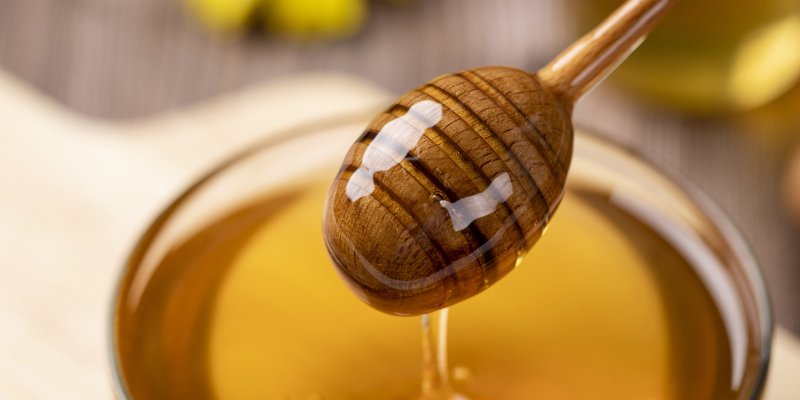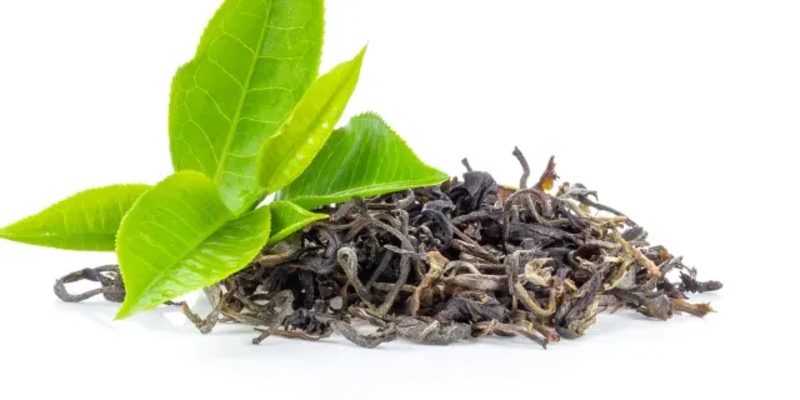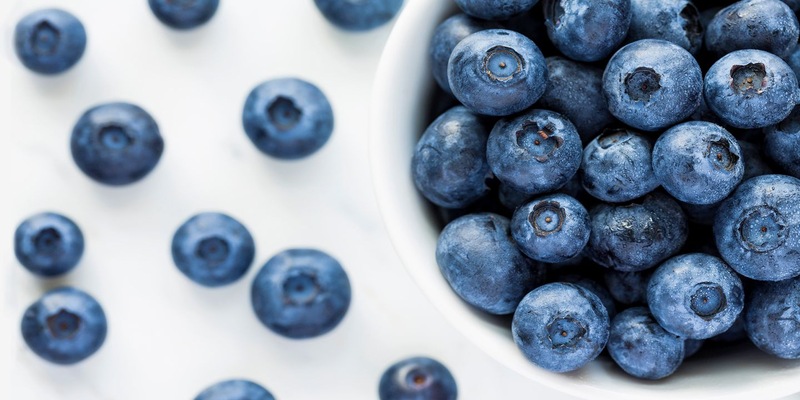Honey, produced by diligent bees, has brightened our lives for centuries and has many dietary advantages. From its calories, minerals, and vitamins, honey appears in many foods. The present research investigates honey's calories, fats, carbs, and mineral content. Beyond its nutritional value, honey is known for its antioxidants, burn, and wound-healing abilities. Each honeycomb kind has a unique taste, adding to its gastronomic appeal. Honey's nutritional value, medical advantages, and delicious diversity are covered in this meticulous overview.

Nutrition Facts of Honey:
Calories:
Honey is a natural sweetener with a high-calorie value, mostly from its sugar content. Honey adds taste and calories to many dishes because a tablespoon has 64 calories. Honey is a popular natural and adaptable sweetener due to its energy density and delicious taste.
Fat:
Honey is a practically fat-free sweetener with negligible fat content. Honey is a good option for fat-watchers due to its trace fat level. Honey's flexibility allows it to be utilized in many meals with high-fat anxieties.
Carbs:
Intrinsic sugars, like fructose and glucose, dominate the carbohydrates in the makeup of sugar. This sugar makes honey sweet and gives it a swift energy boost: gamers and those wanting an alternative energy source like nectar because of its sugar content.
Vitamins and Minerals:
Honey contains certain minerals and vitamins, but not in a large amount. Trim levels of vitamin C, calcium, iron, and B vitamins are also found. Honey adds micronutrients to its sweetening effects, supporting a balanced and diverse diet.
Protein:
Honey has negligible protein content. The amount of protein is restricted compared with comparable foods, demonstrating its function as a carbohydrate-rich sweetener. Sugar in honey provides vitality, but it fails to offer nutrition.
Health benefits of honey
Promotes Burn and Wound Healing:
Honey, with its medicinal traits, promotes burn and wound recovery naturally. Honey's antibacterial and anti-inflammatory properties aid healing. Honey prevents infections when applied to minor burns and wounds. Its anti-inflammatory characteristics minimize swelling and pain. Bees and wounds increase tissue regeneration, expediting recovery. According to recent studies, Honey's capacity to clean and preserve wounded skin renders it an effective wound medication.
Rich in Antioxidants:
Nectar is a high source of antioxidants in the form of phenolic chemicals and flavonoids. Antioxidants assist with combating cellular aging and neutralize free radicals. Honey's broad antioxidant profile could decrease the risk of long-term diseases caused by damaged cells. Honey is an integral part of a healthy diet because its particular antioxidants cooperate to fight everyday oxidative harm.
May Improve Heart Health:
Honey's antioxidant or anti-inflammatory properties may improve cardiac wellness, perhaps increasing cardiovascular happiness. Honey intake could improve heart health, according to research. Nectar reduces the likelihood of cardiovascular disease due to antioxidants. Honey should be a component of a diet that is beneficial to the heart but should not be consumed alone.
Easy to Add to Your Diet:
Bees are versatile in healthy uses due to their inherent acidity, making them an excellent addition to numerous gastronomic arrangements. Honey enhances flavor whether drizzled over yogurt in the morning, added to warm tea, or used as a healthy sugar replacement in recipes. Its simplicity makes adding a natural sweetener to everyday diets delicious and practical.
May Help Suppress Coughing in Children:
Natural characteristics make honey effective for coughs, particularly in youngsters. Honey may safely replace cough syrups due to its palatability and throat-soothing properties. It protects the throat and relieves coughing as a demulcent. Due to infant botulism, honey should not be given to babies under one year old. Home remedies with honey are more natural and calming for older children with coughs.
Types of Honey:
Clover Honey:
Clover honey, produced from clover plant nectar, is a prevalent and extensively eaten honey. Clover honey's gentle, sweet taste suits many dishes. Its flexibility makes it famous for sweetening drinks, dunking sweets, and dressing salads. Clover honey adds a pleasant touch too sweet and savory foods with its light amber color and gentle floral overtones.
Orange Blossom Honey:
The orange blossom honey, harvested from the fragrant blooms of orange trees, has a unique citrusy taste and flavor. This honey makes dishes fruity and bright. Orange blossom honey sweetens drinks adds floral notes to pastries and enhances glazes and marinades with its golden color and pleasant taste. This honey is popular with citrus lovers because orange blooms provide a wonderful recipe flavor.

Acacia Honey:
Acacia Honey: Originating from acacia tree blooms, this honey is known for its smooth flavor and light hue. Acacia honey is appreciated by those who want a honey taste that won't overshadow other components. Its clarity and delayed crystallization make it smooth enough to pour over breakfast items, combine into drinks, or use as a sweetener in recipes that want a delicate honey taste. Its mildness and adaptability make acacia honey a great addition to many meals.
Creamed Honey:
Known as whipped honey, creamed honey has a smooth and spreadable consistency. This tasty and practical honey has a distinctive texture from controlled crystallization. Creamed honey tastes excellent on toast or crackers. For those who like a thicker, easier-to-use honey, its velvety texture is appealing. Whether eaten alone or in recipes, creamed honey is delicious.
Wildflower Honey:
Wildflower honey, a combination of nectar from several blossoming flowers, embodies nature's floral richness. Wildflower honey might taste different based on the flowers bees visit during honey-making. This honey's diverse flavor represents numerous floral origins. Wildflower honey, with its golden tints and complex tastes, enhances recipes. The rich floral tapestry of nature's blooms in honey makes it a distinctive and exciting alternative.
Conclusion:
Finally, honey goes beyond being a sweetener to be a nutritionally dense and health-promoting nutrient. Its variety of flavors encourages gastronomic discovery. Honey's calories, vitamins, and minerals make it more than a delicious treat. Honey is a beautiful complement to a balanced diet since it supports wound healing, antioxidants, and heart health. Honey enhances flavor and nutrients whether drizzled over yogurt, mixed into drinks, or eaten raw. This book explains honey and encourages people to enjoy its tastes and nutritional advantages.







